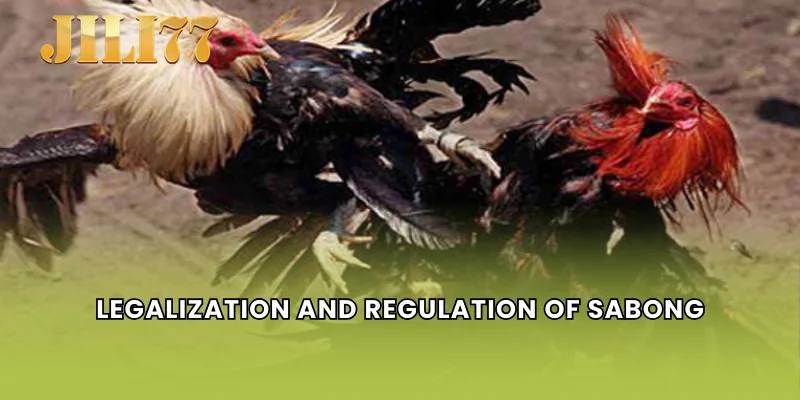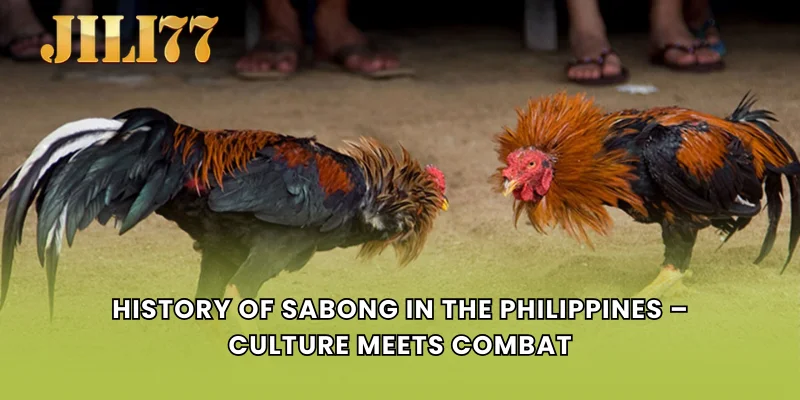Like any sport, the History of Sabong has very unique and one-of-a-kind features. Sabong’s southern roots come from its relationship with the social and cultural evolution of sabong in the Philippines. The essence of Sabong comprises immense pride, creativity, and heritage that stems from its relics and traditions.
The Origins of Sabong – Ancient Roots
Pre-colonial Sabong as Tribal Ritual
The practice of Sabong evolved massively prior to the foreign occupation, transforming into something that was much more than a pastime because of its symbolic and sacred meanings.
Sabong incorporated the magic of birds during comprehensive decision-making and magical rituals, where tribes relied on Sabong to make particular decisions. In addition, it also helped combat soldiers hone some essential skills needed in self-defence.
This primitive game was deep-rooted in the culture through birds as the center of the music and dance, and it became one of the most vital rituals executed as not merely games of chance in the pre-colonial Philippines.
Spanish Colonization and Influence
During the colonization in the 16th century, Spaniards built cockpits which enabled Sabong to transition from a ritual practice into an organized sport, battling decisively across the globe.
As part of the local tradition, people conduct cockfighting games during fiestas, which is a part of the traditions and practices that the Filipinos inherited during the colonial rule. These sporting events received religious and communal celebrations as their context. Thus, cockfighting became popular as a favorite pastime for Filipinos from the islands.
Those who colonized the Spanish introduced new practices like “cockpid,” which influenced Sabong. With that bastard influence, words like “sentenciador” for the referee, “meron” for the winning bettor, and “wala” for the losing bettor were born. The practices and words of these cultures show the influence of that period on the development of Sabong.
Sabong in Filipino Culture and Daily Life
The Role of Sabong in Local Communities
Filipinos have enjoyed cockfighting for many centuries. For them, it is more than just a game, it is a form of leisure and celebration.
During Sandong festivals, people from various regions converge in one place, either in cities or villages. These venues offer the opportunity to watch the games and interact with other spectators, further enhancing the social aspect of the activity.
The skills and depth of Sabong are preserved within families, which shows how this sport is integrated into the lives of the people in the archipelago.
Iconic Terms and Traditions
In this sport, wagers are placed using the words ”meron” and ”wala” and other customs like having sentenciador the dress code associated with them.
A “sentenciador” is one of the most renowned people in the cockpit where bettors contest the prices of their wagers, which makes the Sabong even more exhilarating. He is important in making sure the affairs of the bettors are properly conducted.
Moreover, sabong has beautifying cultural functions like formal clothing or ornaments for the fighting birds, other types of design of the arena, different customs of various cultures, and superstitions that intend to honor and accentuate the historical relevance of sabong.
Legalization and Regulation of Sabong

Government Involvement
As time goes by, the Sabong has experienced a number of legal changes with an increasing governmental intervention seeking to discipline the sport, which has resulted in its organization being subjected to more rigid laws.
At first, the sport was legalized and placed under the supervision of PAGCOR. Over time, this has improved discipline and safety in the sport.
The legalization brought with it a remarkable infusion of monetary aid to the host communities, thereby generating income for a wide range of individuals as trainers, breeders, referees, and event managers.
Addressing Animal Welfare and Ethical Debates
The legalization of Sabong has further increased its controversy regarding welfare questions and ethical treatment of the fighting chickens. The pecking order certainly suggests that there is a real need for scrutiny as to how the bird is being cared for.
All in all, there does exist a challenge regarding how the government and stakeholders involved clearly demarcate the care of the cock which is within legal bounds versus that which is done outside legal cockfighting venues.
There are numerous challenges for Sabong to be culturally relevant and ethically accepted, but it is important for the further growth and acceptance of the sport.
The Rise of Online Sabong in the Modern Era
How COVID-19 Accelerated Digital Sabong
The COVID-19 pandemic transformed the digitization of Sabong in the Philippines. With social distancing measures being enforced, traditional arenas had to close down, which made it shift to platforms and apps.
Sabong has managed to adapt and thrive economically because of this transition. Even when social distancing was enforced, bettors and viewers could still engage through remote streaming as well as safe online gambling platforms.
Not only did the sport undergo digital transformation, but it also saw an expansion of its scope. With fans being able to view Majong from home, it has become more user-friendly.
Platforms Like JILI77 Bring Sabong to All
JILI77 has established itself as a remarkable platform in the digitization of Sabong, as it has emerged as the leading online cockfighting betting website in the Philippines.
Sabong fans can engage in the sport through the mobile app as well as the website of JILI77 on an easy-to-use, safe, and licensed platform that provides an awesome user experience. It lets them watch live cockfighting shows, enables them to bet during the fights, and offers other ways of participation.
By using technology, JILI77 has made Sabong accessible to more fans as they can now follow the sport on numerous devices from different places around the world at all times.
This platform enhances the Sabong experience through innovative practices while focusing on preserving the cultural roots, which assures that the sport continues to thrive even in a digitally dominated world.
Cultural Pride and the Future of Sabong
Sabong as a Symbol of Filipino Identity
More than just a form of gambling, Sabong is a face of the incredibly rich Filipino culture and nation, showcasing heritage, passion, and unwavering spirit.
It is present in Films, Literature, Music, and even Dance, which greatly increases its cultural importance within the Philippines.
For some, Sabong represents a form of nationalism, and considerable rich cultures are an indication that the Filipinos have adapted to modernization while still preserving the identity that has stemmed from tribal roots.
Embracing Technology While Honoring the Past
The Future of Sabong in the Philippines relies heavily on how the rich traditions are integrated with new innovations.
Platforms like JILI77 showcase how the digitization of Sabong makes it easier for more people to participate while also keeping their cultural roots intact. These Virtual ‘Live’ venues greatly change the game since the sport can now be accessed by more people.
However, during the time of digitization, the traditional ways and customs of Sabong should not be cast aside. The features that have become synonymous with the sport over a long period of time should be included in its modified form.
In terms of aiding Sabong’s future legacy while retaining its past, technological advancement integrated with cultural preservation can prove to be beneficial.
Conclusion
Sabong, in the Philippines, is a deeply captivating story that can be found in the intersection of ancient colonial and modern history over the course of centuries. What began as a ceremonial rite evolved into a licensed sport, and now stands as one of the pillars of Filipino Civilization.
As the country moves deeper into the realm of digital technology, Sabong’s future lies in how it evolves with changing times, all the while paying homage to its history. An example of this would be JILI77, a platform that illustrates how technology can enhance user engagement while upholding cultural integrity.
The legacy of Sabong stands as a testament to the undying spirit shed by Filipinos, which brings deep pride and binds history with the future. This sport will continue to define and inspire countless future generations by showing how traditions can truly be transformed instead of being forgotten.

